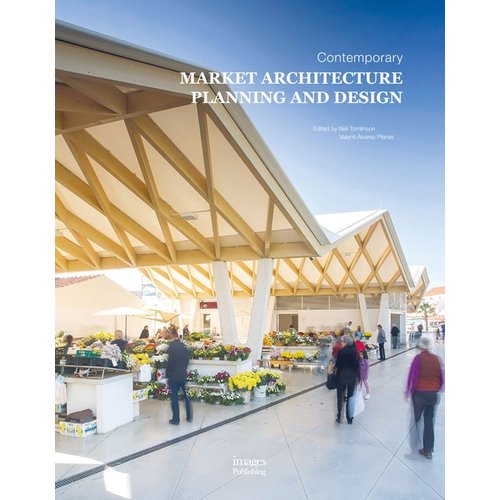An ingenious Y-shaped mullion supports a quartz-like facade on Chicago's Michigan Avenue
In developing their design for the new Spertus Insitute of Jewish Studies in Chicago, architects Krueck & Sexton realized that the facade would be the public face of a very unique institution. Their solution for a triangulated, all-glass facade expressed both the diversity and oneness of the organization. Its transparency serves not only as metaphor, but practical purposes as well, bringing light into the deep, narrow lot opposite Grant Park on Michigan Avenue. Though the architects anticipated an uphill battle with the city’s landmarks commission to endorse such a modernist assembly along this historic stretch of street wall, the project was met with overwhelming support.



Krueck and Sexton’s Spertus Institute is a modernist and transparent insertion in an historic and largely masonry street wall (top). A Y-shaped mullion permits attached brackets to rotate freely along the horizontal plane (middle). On the upper levels, the bent femur-like aluminum mullions span 21 feet (above).
“We had composed it,” explains Mark Sexton, “now we had to figure out how to build it.” To make that happen as efficiently as possible, keeping within the facade’s tight $2.7 million budget, Krueck & Sexton partnered with the former ASI (it has since been acquired by Enclose Corp.) for what they call an engineer-fabricate-install process. While Krueck & Sexton continued throughout the job designing every piece of the wall, the California-based ASI was responsible for all the connections and edges. “The budget had to be met, and we had to be happy with the wall,” says Sexton. “One couldn’t happen without the other.” In the end, the composition remained intact.
The breakthrough for the Spertus facade came in the form of a Y-shaped mullion, the curved face of which accommodates the complex geometry of the faceted wall by allowing attached brackets to rotate freely along the horizontal plane. To achieve the vertical changes in plane, almost a third of the 227 aluminum mullions, which are lined up parallel to each other along the jagged floor-slab edges, were either sloped outwards towards the street, or back away from it – no small feat considering the upper part of the curtain wall features heavier mullions with complex curves that cantilever five feet past the property line. “One of the more amazing technical aspects of this job,” recalls Mark Dannettel, ASI’s Executive Designer, “was that we found someone who would actually bend these extrusions.” On the lower levels, 7¼-inch- deep mullions span the full 14-foot floor height ; stronger, 8½-inch deep mullions span the 21- foot-tall upper levels. The extrusions were shipped to Southern Stretch Forming and Fabrication in Denton, Texas, where they were bent according to full-size drawings, then tempered in a special oven to achieve the required strength.
Given the extra-tall floor heights, Spertus’ facade is a rare contemporary example of a semi-unitized curtain wall. (By contrast, the flowing glass enclosure of Frank Gehry’s recent IAC Headquarters in New York employs a fully-unitized glazing system). An aluminum frame with built-in stainless steel hooks surrounds each piece of glass. Serrated brackets, which extend several inches past the face of the Y-mullion, feature an additional saw-tooth saddle to accept the hooks – allowing the assembly to mesh together as the glass slides into position, but locking only after all the glass units and uniform 1¼-inch sealant joints were in place.
Handling the panels proved difficult however, as the insulated, blast-resistant glass weighs almost 1.5 times that of typical curtain wall glazing. As a contributing element to the building’s application for LEED Silver certification, the 3/8-inch thick outer layer of glass includes a low-E coating and a white opaque fritted dot screen to help deflect the sun and improve the thermal performance. The unobstructed, east-facing facade also utilizes solar shading, while photo censors control dimmable fixtures, adjusting lighting levels as daylight varies.
“We wanted a minimal, but expressive facade,” says Sexton. “A flat glass wall would have accomplished many of the same goals in terms of light, but it would not have been at all appropriate for Spertus.”







